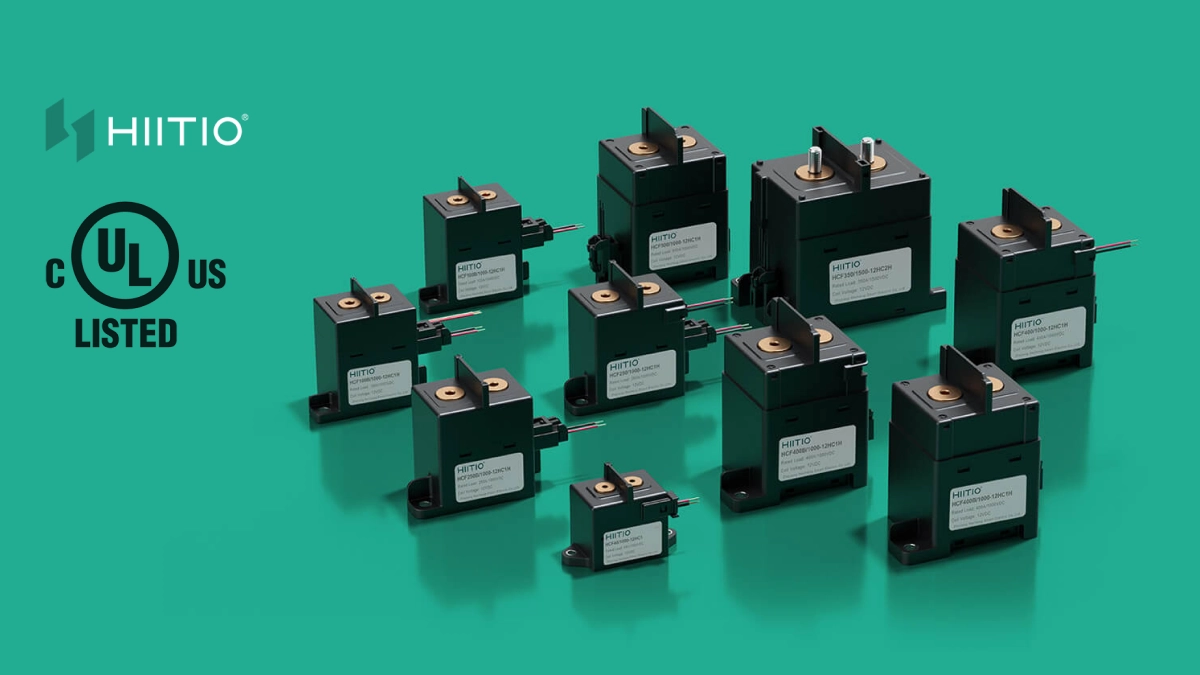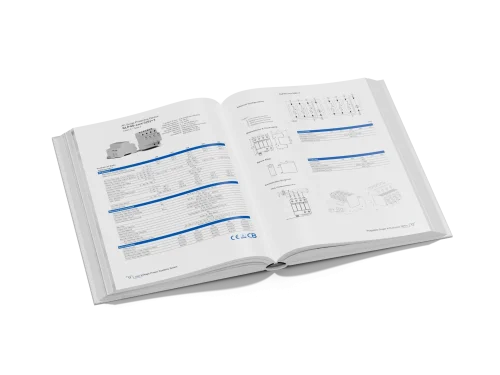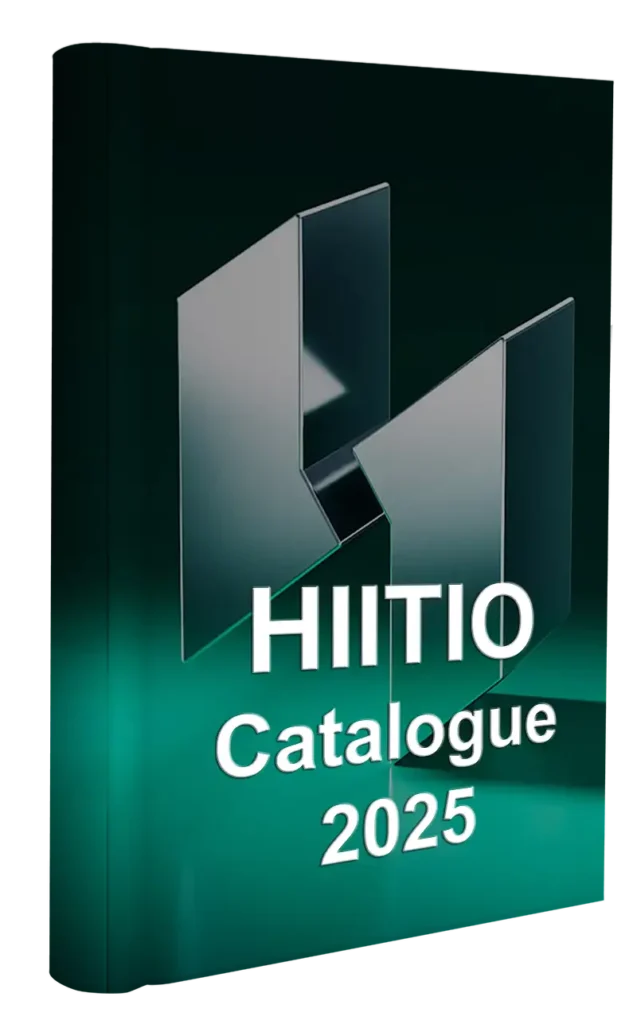High-voltage DC contactors are a core safety and switching element for electric vehicles (EVs), energy-storage systems (ESS), photovoltaics (PV), and fast chargers. Because DC arcs are harder to quench than AC arcs and because voltages and currents in modern systems (450–2500 VDC and hundreds of amps to kiloamps) are large, designers and buyers must rely on internationally accepted standards and market certifications to ensure safety, performance, and cross-border market access.
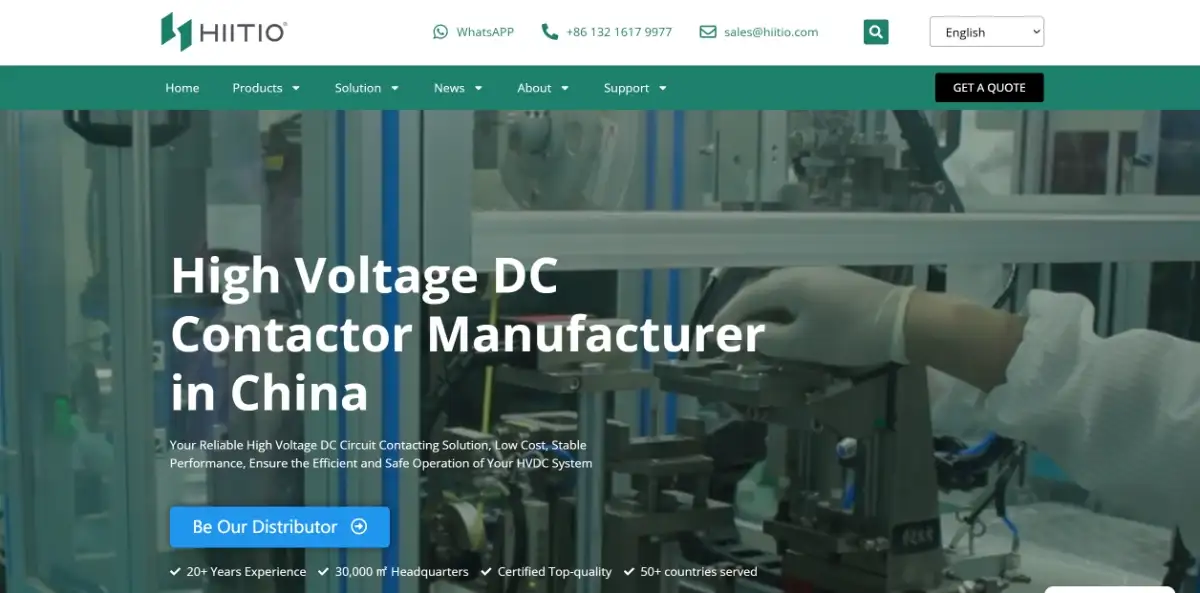
Why standards and certifications matter
- Safety: standardized tests (dielectric strength, making/breaking capacity, temperature-rise, mechanical endurance) reduce catastrophic failures.
- Interoperability & selection: utilization categories and rated breaking/making currents let engineers match a contactor to the electrical load and duty cycle.
- Market access: regional marks (UL, CE, CCC, CB, etc.) are often legally required or expected by OEMs and integrators.
- Procurement confidence: independent test reports, CB/IECEE recognition, and environmental compliance (RoHS/REACH) shorten procurement cycles.
The core international standards you need to know
IEC 60947 series — the baseline for contactors
The IEC 60947 family (especially IEC 60947-4-1 for electromechanical contactors and motor-starters, plus IEC 60947-1 general rules and IEC 60947-5-1 for control/auxiliary circuits) defines performance and type-testing procedures used worldwide: utilization categories (ACx / DCx), making/breaking tests, dielectric tests, temperature-rise limits and endurance tests. Annexes specifically cover DC/PV applications and short-circuit performance. These clauses are where manufacturers and test labs prove a contactor’s rated operational performance.
Utilization categories
IEC defines utilization categories (e.g., DC-1, DC-3 etc.) that describe the nature of the load and switching duty — resistive, inductive, starting motors, frequent switching, etc. Engineers must select the contactor according to the correct DC category to avoid premature contact wear or unsafe operations.
HIITIO Semiconductor Fuse Certifications

North America — UL & CSA expectations
In North America, UL standards and CSA recognition are the market norm for control devices. For industrial control equipment (which includes many contactors), UL 508 (and companion guidance such as UL 508A for control panels) governs safety testing and listings; CSA provides parallel certification recognized in Canada. A UL/CSA marking (or a report demonstrating compliance) is commonly required by OEMs and system integrators.
Europe — CE marking, LVD & EMC, plus environmental rules
To place a contactor into the EU market, CE marking is required under the Low Voltage Directive (LVD) and where applicable the EMC Directive. CE is a declaration of conformity and rests on meeting the relevant harmonized standards (often IEC equivalents). Separately, RoHS (restriction of hazardous substances) and REACH (chemical registration/notification) are environmental constraints that buyers expect suppliers to meet.
China, Japan and other national regimes
- China (CCC): the China Compulsory Certification (CCC) may be required for certain product categories; manufacturers commonly obtain CCC to address legal and commercial access to the Chinese market.
- Japan (PSE): Japan enforces the PSE mark for many electrical appliances; rules split products into categories requiring third-party assessment versus self-declaration. If you target Japan, factor PSE early.
The CB (IECEE) scheme
The IECEE CB Scheme lets a manufacturer obtain test reports and certificates under IEC standards that participating national certification bodies will accept — reducing duplicate testing and accelerating approvals across many countries. For global HVDC contactor manufacturers this is often a cost-effective route.
Practical checklist for procurement teams
- Obtain type test reports referencing IEC 60947-4-1 (or equivalent national test).
- Verify utilization category (DC-1, DC-3 etc.) matches your load.
- Require regional marks needed for your target markets (UL/CSA, CE/LVD+EMC, CCC, PSE, CB).
- Confirm environmental compliance (RoHS/REACH) and material traceability.
- Ask for factory QA credentials (ISO 9001, IATF 16949 if automotive, and evidence of factory audit or ongoing surveillance).
How manufacturers demonstrate compliance
Manufacturers normally publish certificates (UL file numbers, CB Test Certificates, CE declarations), provide full test reports from accredited labs (TÜV, Intertek, SGS, etc.) and keep a “certificates & laboratory” page or download center for customers to validate claims. Working with a supplier that can present clear, traceable certificates speeds approvals and reduces integration risk.
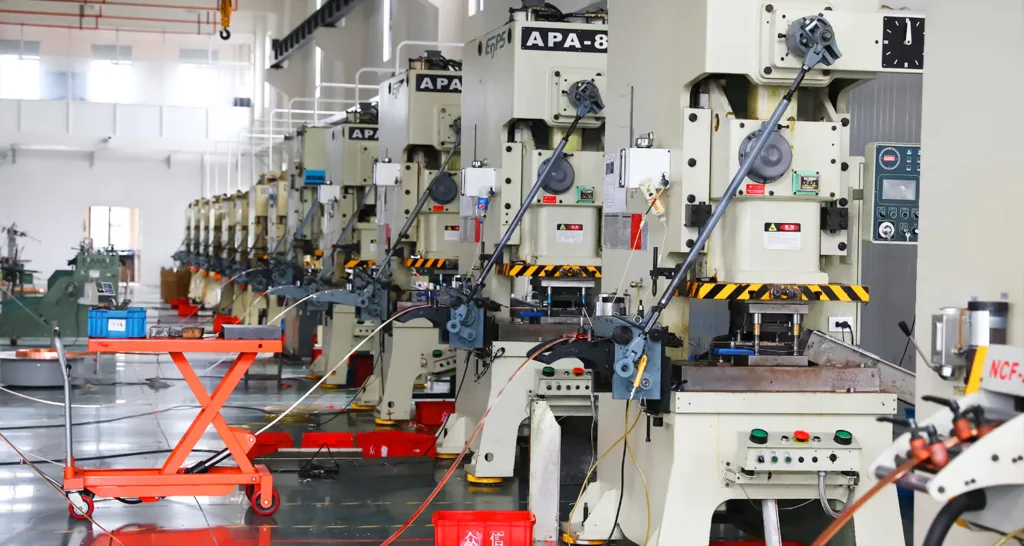
EXPLORE MORE HIITIO DC CONTACTOR
Choose Certified Reliability with HIITIO DC Contactors
HIITIO’s High Voltage DC Contactors set the benchmark for reliability and performance in modern power systems. Certified under UL, CE, RoHS, and REACH standards, these contactors deliver exceptional insulation strength, arc suppression, and thermal stability even under extreme operating conditions. Designed for EVs, energy storage, and industrial DC applications, HIITIO’s contactors ensure safe and efficient switching for voltages up to 2500V DC. With a robust ceramic sealing structure, they guarantee long service life and zero gas leakage. Contact HIITIO’s full range of certified high-voltage DC contactors at www.hiitio.com and experience the power of precision engineering.

